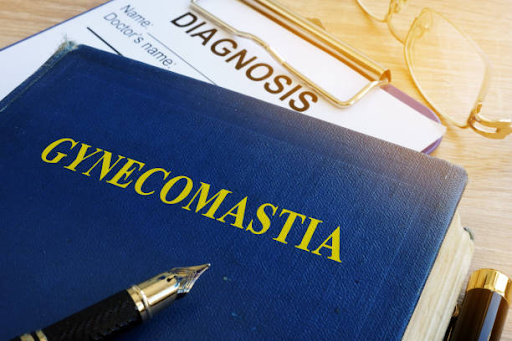Gynaecomastia is a condition that causes men’s breasts to swell and become larger than normal and this condition can be treated by contacting the top breast consultant in London. This condition is more common in young boys and older men. The signs of gynaecomastia may vary for each individual. It can be a small amount of extra tissue around the nipples or prominent breasts. It may affect both or only one breast. Sometimes, this tissue can be a little painful or tender.
Treatment for gynecomastia
The top breast consultant in London will discuss the following options for treatment for gynecomastia.
Surgery to remove the excess breast tissue
Medication to help adjust a hormone imbalance
Many private hospitals and clinics offer surgery for the treatment of gynecomastia. You should consult a specialist if the area is very painful and if there is a lump to be removed. Although gynecomastia is unrelated to breast cancer, you can see a specialist if you are worried about breast swelling.
Signs of gynecomastia
Some common signs of this condition are enlarged male breasts and excess breast tissue resistant to diet and exercise. This can cause distress, embarrassment, difficulty fitting into clothes, and lack of confidence, and may also interfere with intimate relationships.
What causes gynecomastia?
Hormone imbalance
Hormone imbalance between the sex hormones oestrogen and testosterone. The former causes the breast tissue to grow. All men produce oestrogen but they have high testosterone which stops it from causing the breast tissue to grow. If this hormonal balance in the body changes, it can cause the man’s breasts to grow. The reasons for this imbalance are sometimes unknown. A person’s genetics may also lead to gynecomastia.
Newborn baby boys
The condition also affects newborn baby boys as the oestrogen passes through the placenta from the mother to the baby. However, this is temporary and generally disappears a few weeks after the baby is born.
Obesity
Being overweight can likely cause excess fat that can enlarge the breast tissue. This is one of the most common causes of gynaecomastia because being overweight can increase oestrogen levels, thus causing the breast tissue to grow. In such cases, losing weight or exercising can help but may not improve the condition.
Puberty
Boys’ hormone levels vary during puberty, and oestrogen can cause breast tissue to grow if the testosterone level drops. Many teenage boys have at least some degree of breast enlargement. But this usually clears up as boys age, and their hormone levels stabilise.
Older age
The testosterone production in men tends to get lesser as they get older. Ageing also causes them to have more body fat, which can cause more oestrogen to be produced—all these changes in hormone level lead to excess breast tissue growth.
Other causes of gynecomastia
Gynecomastia can also be caused as a side effect of medicines like anti-ulcer drugs and for heart diseases, illegal drugs like anabolic steroids and cannabis, a health condition like liver disease or kidney failure, alcohol misuse, lumps or infection in the testicles, or Klinefelter syndrome. However, these are very rare causes of gynecomastia.
Benefits of undergoing gynecomastia surgery
Undergoing surgery for treating gynecomastia can restore the confidence in your body, get a masculine and contoured chest, and improve your quality of life. It is a fast and simple surgery.
How to know if surgery is a suitable option?
In order to have a gynecomastia surgery, the person should have a healthy weight and be in good health. He should avoid smoking before and after the surgery as it prevents smooth recovery. The surgeon will determine if male breast reduction is suitable for you, and your medical history will also be recorded after examining your chest. Although young teens can be ideal for the surgery, they may require further treatment in case of continued growth.
Before the surgery
Before the surgery, your surgeon will explain what to expect from it and how you should be prepared for it. They will also make sure that you are informed of the possible risks and complications of teh procedure.
During the surgery
This surgery is performed under general anaesthesia, which takes an hour and a half. The surgeon may use liposuction to remove the excess fatty tissue in the chest and excision to remove the excess skin. Depending on your treatment plan, the areola may also be reduced, and the nipple will be repositioned. The breast will be remodelled to create a masculine and perfectly contoured chest.
Post-surgery
The surgeon will make the incisions as discreetly as possible, and the location of the incision will depend on your individual case, which will be explained to you by the consultant. Scarring from gynecomastia surgery is generally very minimal.
Wrapping up
In order to get the right estimates of the gynecomastia surgery, it would be best if you get in touch with a good breast surgery clinic. Book a consultation with the surgeon and make sure that you clear out any doubt you may have about the procedure.

